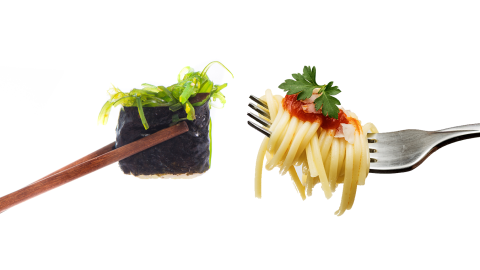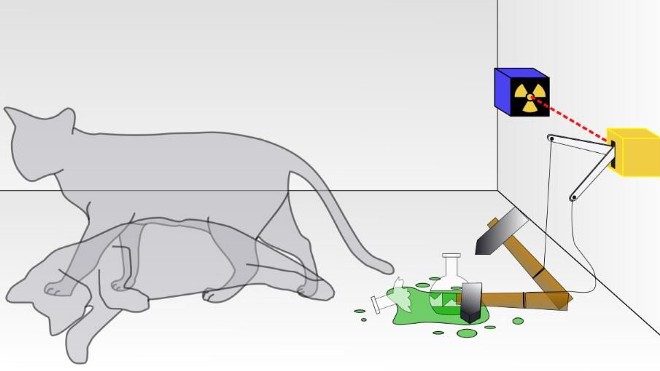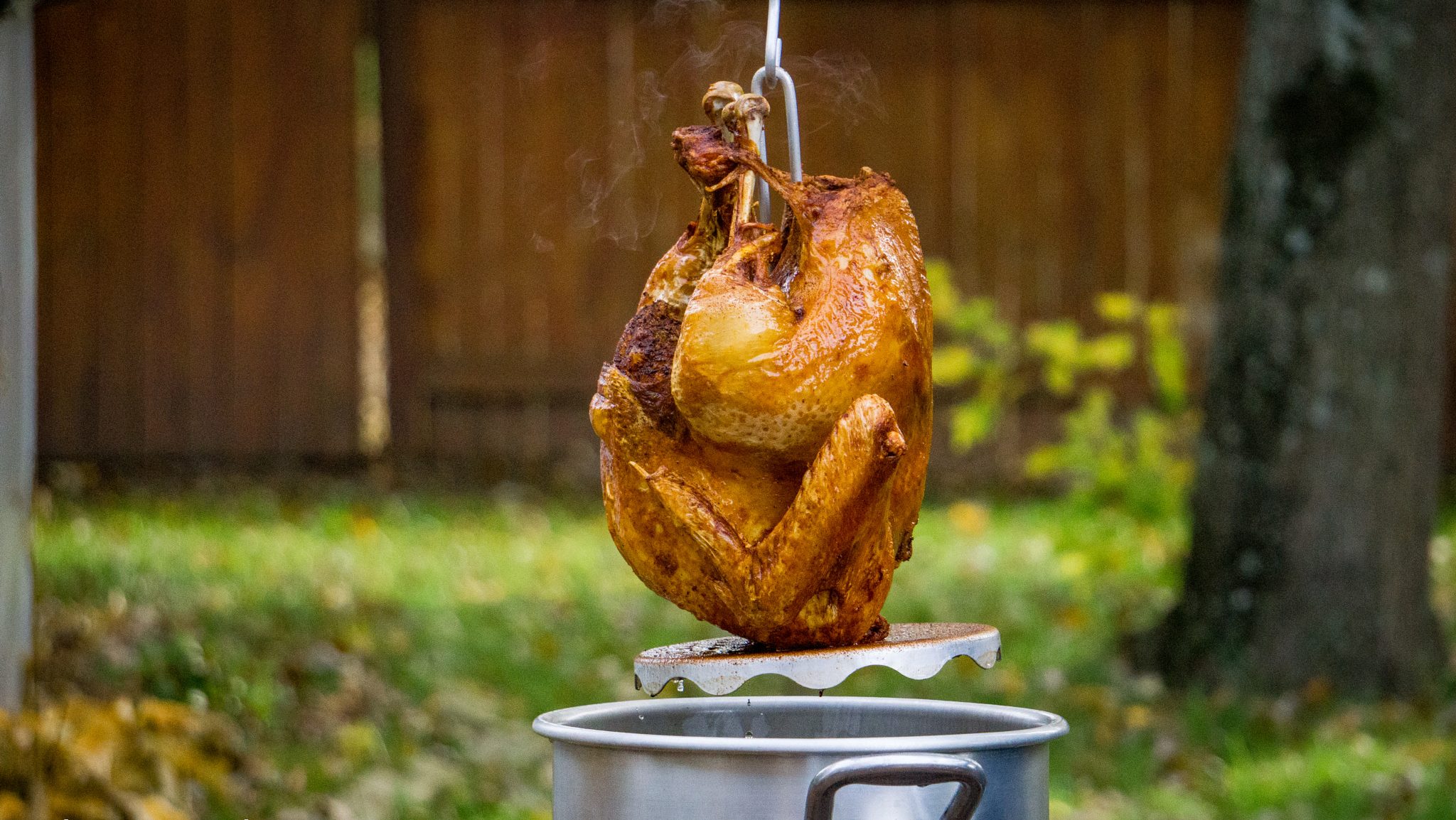Fusion Food

In response to my recent post, “The Bright Side of Globalization,” my friend and colleague Jean Houston sent me an excerpt from her book Jump Time entitled, “Wok and Roll in the Rainbow World,” on a similar theme. It’s a true adventure into the multidimensional, interwoven creative complexity of the emerging new world that we are basking in.
The article is quite long, so I’ve published only my favorite excerpt from the piece here called, “Fusion Food,” in which Jean expounds in the most creative way imaginable on the relationship between eating, cooking, and thinking globally.

by Jean Houston
A new species is being cooked in the alembic of fusion’s. The membrane between cultures, between worlds, between old and new ways of being is breaking down. In the past, migrations and diffusions allowed for gradual changes and exchanges between cultures and identities. Now nothing is gradual; we are watching a speeded up movie of stranger multicultural mitosis and their stranger spawn.
Cultures thousands of miles apart that had gestated in the womb of preparatory time for thousands of years are suddenly cheek by jowl, attending the same schools, working in the same businesses, sharing the same space and, inevitably, bleeding into each other, sometimes in fury, sometimes in friendship. In the force of the meeting, a new genesis is occurring, occasionally a melding of genes, but more often, a mingling of previously divided worlds which, thrown together, undergo a sea change into something rich and strange.
What results is not merely a hyphenated amalgam, Afro-Asian rock music or Chicano-cyberpunk art, but rather hybrid sounds for hybrid selves, a malleable, syncretic fusion that is generating its own cultural matrix. For human beings, the complexity of this not-yet-definable culture is providing sufficient stimulus to call forth latencies in the human brain-mind system that were never needed before, like bacteria learning to breathe rather than die when the culture of oxygen came in or, closer to home, the ways in which children absorb the mysteries of computer wizardry with ease while their parents struggle to master the basics. To see this cross-cultural stimulation in action, one has only to watch Western bodies pour themselves into Eastern yogas and martial arts, doing things that people bred on milk were never meant to do, given the calcium deposits on their knees. Or attend a workshop in gospel singing for Japanese tourists held at the Memorial Baptist Church in Harlem and watch people who had known centuries of bowing ceremoniously clap and sway from side to side and throats prepared for every formal courtesy belt out spirit-quaking songs.
The breakdown of the membrane I am describing is not merely cultural fusion; it is the joining together of geographies of the mind and body that had never touched before, weaving synapses and sensibilities to create people who are fused into the world mind with its unlimited treasures, its empowering capacities. This is what’s happening in Jump Time: evolution as evocation, the quickening charge of cultural mitosis in our very cells. Through commerce and travel, technology and media, we are being catalyzed into ways of being that a few short years ago were the stuff of fantasy and myth. The shift in consciousness happening all around us is a kind of unstoppable if positive plague, a metavirus that is multiplying in our midst. From food, to music, to literature and theater—the very lineaments of culture—consciousness is remaking itself.
Let’s look at a few examples of this phenomenon, starting with food, perhaps the most basic and understandable component of the fusionary world. After all, the palate is a palace of culture. The topography of the tongue alone travels the vast geographies of taste—sweet, sour, salty, spicy, bitter—each its own domain in the taste buds. Different cultures get contracted to specific alliances across these geographies, which is why Chinese food does not taste like Mexican, nor French like Egyptian. Each nation of taste cultivates a distinct gustatory coalition of foods and their preparations that affects consciousness in very real ways, making for significant differences in people.
In the rapidly shrinking world of Jump Time, however, there are few countries where the main and side streets of the city are not offering an embarrassment of world culinary riches. Take Melbourne, Australia, for example. Recently, I sauntered down Fitzroy Street and, within a very short distance, encountered in this former outpost of overcooked sheep restaurants offering the cuisines of Afghanistan, Ethiopia, Guam, Figi, Western China, Northeastern China, South India, Belgium, Sicily, the Philippines, Greece, Malaysia, Burgundy, Provence, Argentina, Tibet, and Tasmania. A sampling of these restaurants leaves the tongue tingling with a gustatory map of the world. And what it does to consciousness is provide the stimulants for a multicultural awareness, the world mind at table. Dine globally, think globally, might be the new maxim, the secret ingredient of international peace.
Tell me what you eat and I’ll tell you what you know. The implications boggle the mouth as well as the mind. For can one really retain habits of claustrophobia and paranoia while burning with the endorphin-induced bliss of Mexican chili peppers?
Can one sustain anger and resentment while absorbed in a French pâté de foie gras? And nibbling Japanese bites of sushi crowned with pickled ginger, lent fire by wasabi horseradish and brought to a threshold of ecstasy by sips of hot saki makes the balance of trade seem a trifle to be resolved over the soothing comforts of green tea ice cream. An exaggeration, you say? Of course, but one devoutly to be wished and a fitting fillip to the desperate measures taken by desperate nations. Bring these nations together at table, soften their unbending postures through the most ancient and most available of seductions, the ravished palate, and somehow rigidities fall away in the prima materia of a perfect roast chicken.
In the midst of all this, fantasy and whimsy will have their day. The Atlantic Monthly recently sponsored a contest called “Combination Platters,” the results of which made the rounds on the Internet. Readers were challenged to invent a new kind of international food or to name a restaurant that specializes in an interesting fusion cuisine. For instance, readers suggested, Middle Eastern and French pastry might be served at a cafe called The Fertile Croissant; a Franco-German romantic hideaway could feature Stollen Quiches; a Jamaican-Jewish salmon dish would naturally be called Dread Lox; while that most popular of all Japanese-German wines might be named Sumo Riesling. What a world! Wok and Roll, indeed.
I have always been a fusion cook. Early experiments in creating dishes that my Southern-fried everything, garlic-hating father and pasta-bred, olive oil-loving Sicilian mother would both appreciate got me started at an early age. Through my travels, I have developed a palate that savors the rich and varied flavors of the world table. Naturally, I try to bring together ingredients and techniques widely separated by geography and culture in the dishes I prepare. In the process of inventing my own recipes, I have discovered that if you mix cuisines you change the templates of consciousness. This is not exactly to say that a limited cuisine limits the mind and its matters, but rather that greater variety in foods and their fixing quickens the centers of awareness to potentials and perspectives not generally known to those whose diet is limited to regional equivalents of bread, meat, and potatoes.
And now, with the marriage, or at least the romance between far-flung ethnic foods and their preparations, the possibilities for transformation are even more savory. World cooking is awakening us not only to other cultures, but to the symbolic as well as the physical properties of food. Global cuisine quickens our appreciation of natural medicinal herbs and spices, perhaps the lost key to longevity, long known to indigenous peoples, engendering a renaissance of the ancient healing heritage of the human race. Each culture, we are coming to discover, has its own intrinsic sense of the life-giving energy of food. The palate of new cuisines spread across the world table is a hologram bearing the secrets of an ancient body-centered wisdom, triggering a new understanding of the universality and depth of who we are.
Go into most fine restaurant kitchens in North America and you find Japanese chefs trained in France, American chefs who have studied in Shanghai, and a rainbow coalition of sous chefs who have mastery of many cuisines. Practitioners of a high art form, the best of the new fusion chefs are blending the notes of individual cuisines into a never-before heard symphony of culinary sound. The complex music of the new cuisine is so unexpected that eaters are enticed to leave behind the sensory expectations of the familiar and take off for new territory. A great fusion meal demands that we meet the world’s flavors from a new place in consciousness. When we eat familiar foods, we know what to expect; our response is comfortable and well established.
Take, for instance, the homey warmth and slightly sweet and silky perfection of a steaming bowl of French onion soup. Then mix in cilantro and lemon grass and even an unusual root vegetable, like purple potatoes. Suddenly we have to be cognizant of what we are eating. Jolted out of our sleepy state, we wake up to a variety of tastes and textures, a new global geography of place—the French Alps conjoined with fields of Thailand and a Peruvian garden. Putting the basic building blocks of taste together in new ways is a reveille to the senses, an innovative and engaging-wake up call.
If prepared and eaten consciously, fusion food is transcendent and transforming. It engages the child in us, awakening belief in new things. It grants us a return to innocence. Of course, the sublime can also become the ridiculous. When fusion food is created randomly as happens in too many restaurants, it is like a monkey hitting the keys of piano. In one pretentious New York dining spot I was served a southwestern chicken taco with pineapple and sundried tomatoes muddled in a mango sour cream sauce. To add insult to injury, the waiter advised an accompanying chocolate martini. But as practiced by the masters, a fine fusion dish is like a fugue, not only on the gustatory level but on the spiritual as well. Eating, then, is like ascending the steps to a sacred temple, each taste taking us higher and higher, up to another level of consciousness.
Here for example is a consciousness-changing dish. It carries elements of many diverse corners of the earth. Let us call it “The Salmon that Swam Around the World.” On a large white plate is a lightly grilled salmon fillet. The silky orange fish is topped with wild mushrooms, a mix of porcini and shitaki, which have been quickly sauteed in clarified butter. Drizzled over it are lines of a light green sauce compounded of coconut milk and cilantro and topped with grated fresh ginger. On the side of the plate is a limpid pool of golden yellow curried yogurt sauce with mango chutney. Framing the presentation is a ring of tiny haricot verte, exquisite French green beans, and the whole is nestled on a bed an ancient grains, amaranth or quinoa, cooked in chicken stock and butter.
This dish is structural as well global. It brings together salmon from the Irish seas, a fish of mythological importance as the bearer of wisdom. The wild mushroom blend fuses Italy and China, while reminding us of Hecate and her esoteric gnosis of the crossroads, food grown in darkness, the gathering of ancient awe and wonder. Coconut milk brings perseverance, what with the energy and focus required to break open the coconut and gather its tropical sweetness. Cilantro, a clean, clear, problem-solving herb, wakes up our mental alertness. Ginger is a powerfully healing food as well, bracing and astringent. Then India enters with its fiery notes, marrying the curry flavors of many pungent seeds with the soothing sweetness of mango bathed in yogurt. This combination not only wakes up the digestion but grants us sufficient fire in the belly for insight and the stomach for risk and adventure. The surround of bright green haricot verte honors spring and renewal. At the base, as should be so, is the most ancient of grains, carrying earth energies, the gathered wisdom of the grasses of our planet, grown for twelve thousand years.
Such cooking gives us the wisdom of the future with the knowledge of the past, an incredible time consciousness that, like the salmon who returns to where it was spawned, helps us find our way home to the land of our future self. At its best, fusion cuisine is a roadmap to the cellular memory of our species—a virtual tarot of food.
For more from Andrew Cohen, visit The Evolutionary Enlightenment Blogand sign up for weekly updates!
Photos © luiscarceller & © gekaskr – Fotolia.com





